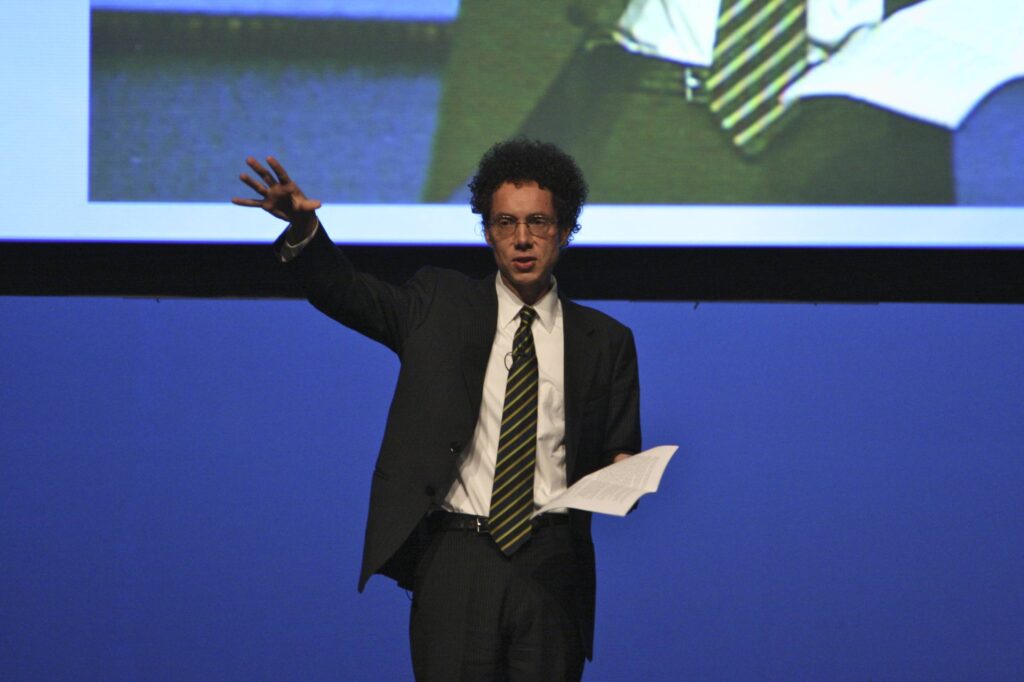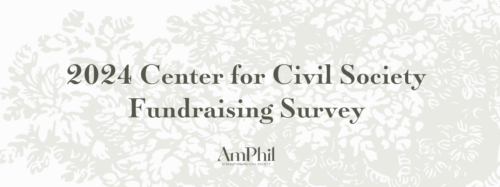Malcolm Gladwell’s critique of university endowments is not misguided, but it fails to ask some key questions.
Malcolm Gladwell has explored the topic of university endowments on his popular podcast, Revisionist History, multiple times. A critic of large university endowments, it is fair to say that Gladwell sees the landscape of higher education as a battleground between the haves and have-nots. On one side, there are multi-billion-dollar endowment institutions hoarding cash, and, on the other side, there are tuition-driven schools whose endowments hardly spin off enough interest to make a dent in their annual operating budgets.
In “My Little Hundred Million,” the sixth episode of his popular Revisionist History podcast, Gladwell details the story of a man named Hank Rowan. Rowan, despite being a graduate of MIT, decided to give an institutional changing gift of $100 million to Glassboro State College in New Jersey in 1992.
This was a shocking gift at the time, as Glassboro State was a regional public college, and the gift was then the largest ever to a public college or university. After the gift, Glassboro became Rowan College of New Jersey and is today known as Rowan University. To Gladwell, Rowan and his wife are heroes because they directed their massive philanthropy to a small state college instead of MIT or some other wealthy private institution.
DAVID AND GOLIATH UNIVERSITIES
As Gladwell so often does on Revisionist History, he illustrates his point by comparison. And no greater comparison could juxtapose Rowan University, this story’s “David,” than Stanford University, a fitting “Goliath.”
Gladwell interviews John L. Hennessy who served as president of Stanford from 2000-2016 and helped to massively increase its fundraising and endowment, including completing the Stanford Challenge campaign, which raised $6.2 billion and concluded in 2012. It would be impossible to list all of the items funded in Stanford’s Challenge campaign, but many of the funds raised directly benefit the common good, including advanced medical research that only institutions like Stanford can possibly execute, and increased financial aid dollars that ensure Stanford can remain a need-blind admissions institution and make a Stanford education affordable for all accepted students regardless of family wealth.
The episode is entertaining and worth a listen for anyone interested in higher education fundraising or policies surrounding university endowments. But in My Little Hundred Million, Gladwell does not deliver his best work. I generally appreciate and enjoy Revisionist History episodes, usually agreeing with Gladwell, but such was not the case here.
WHAT’S IN AN ENDOWMENT?
First of all, during the forty-minute episode, Gladwell never accurately explains what a university endowment is. He constantly refers to “the endowment” when describing the endowment of Stanford, Harvard, or other universities.
If someone with no prior knowledge of university endowments listened to the episode, they might conclude that university endowments are large slush funds that allow university presidents to spend frivolously based on their personal whims.
In fact, university endowments nearly always consist of many and diverse gift agreements. At a large institution, the endowment represents thousands of these gift agreements that fund in perpetuity anything from faculty chairs or financial aid scholarships to niche medical research into rare and neglected diseases—and countless other worthy endeavors.
Gladwell could have spent a few minutes better explaining what endowments are and how they work. By not doing so, he is being disingenuous and obscuring the facts as to how endowments operate and compare to one another.
MORE THAN ONE SOLUTION
Another unsettling aspect of My Little Hundred Million is that Gladwell concludes that Hank Rowan is the ultimate hero for making an endowed gift to what is now Rowan University, and that Phil Knight is a villain for endowing what is now the Knight-Hennesy Scholars program at Stanford. The gift by Rowan enabled many first-generation college students to attend a regional university and study engineering. The gift by Phil Knight that funds the scholars program enables some of the greatest young minds in the world to earn a graduate degree at Stanford and study leadership with the idea that they can creatively help solve some of the world’s most important challenges.
So Gladwell concludes that Knight’s gift is unnecessary and bad philanthropy. Gladwell mistakenly believes that he knows better how someone else should direct their philanthropy. But what is perhaps most intriguing is that the Knight-Hennesy Scholars program seeks a diverse and multicultural cohort of students each year (and appear to live up to that directive).
The curious part, however, is that the language and mission used by Knight-Hennesy is strikingly similar to the diversity statement on the Pushkin Industries website, Gladwell’s media company. Conveniently, Gladwell fails to acknowledge the opportunity given to these scholars in the podcast episode and in his subsequent tweets that criticize the Knight-Hennesy program. It’s odd that the diversity effort would be commendable under his watch, but problematic when it happens at Stanford.
At one point in the episode, Gladwell suggests that Stanford should stop fundraising, and possibly even give some of its endowment to the University of California system. Again, he ignores the fact that the Stanford endowment is made up of thousands of legally binding gift agreements established to fund specific research projects, scholarships, and other causes. “Giving the money away” is simply not an option . . . and certainly not in keeping with donor intent.
FLAWED RANKINGS AND ENDOWMENT INEQUALITY
Malcolm Gladwell again explored university endowments in season six, episodes one and two, of Revisionist History. These episodes, “Lord of the Rankings” and “Project Dillard” offer great insight into the history of the college rankings done by U.S. News and World Report.
The algorithm used by U.S. News is incredibly flawed and secret. Gladwell rightly questions the legitimacy of this ranking system and visits a band of hackers at Reed College that are able to crack the U.S. News algorithm. Ultimately, Gladwell concludes that the algorithm sustains a self-fulfilling prophecy model where large-endowment universities remain at the top, and less endowed schools have no chance for mobility.
Of course, any algorithm or equation designed to rank colleges would tend to place well-heeled schools at the top. After all, those schools will almost inevitably have the best facilities, the best lab equipment, the most well-accomplished faculty, and so on. But, tragically, many colleges with less institutional wealth are overlooked by prospective students and families because of this deeply flawed and mysterious U.S. News ranking system. University endowments undoubtedly do carry too much weight in the rankings, and some students choose what might not be the best school for them based on the system.
Malcolm Gladwell’s obsession with university endowments is thus not unwarranted. His questions are well-meaning, in that he sees an uneven playing field where many people do not have access to the educational institutions that Americans have themselves become obsessed with. And Gladwell is right to point out the flaws in the ranking system, and right to applaud the philanthropy of a man such as Hank Rowan.
But Gladwell would have more credibility if he told the entire story about how university endowments work, and if he acknowledged that Phil Knight’s philanthropy will also do much good in this world.







Did you listen to the episode? I have – several times. I have also read all of Gladwell’s books and listened to his podcast. He clearly brings bias to some issues, but you most definitely do not expose it here. Some flawed thinking from Gladwell is evident in Season 3, Episode 5, “Chapman’s Last Stand,” in which Gladwell critiques the thinking behind the original fortification of the southern border of the US in light of today’s politics, which is a deeply flawed approach. Another example is Season 3, Episode 4, in which he defends Brian Williams’ “lie” to the media about being on a convoy that took enemy fire, only by applying general memory research and with very little specific reflection into the testimony by the people who were present. He unilaterally exonerates Williams, which is a bit generous and theatrical…but Gladwell IS theatrical! After all, podcasts are entertainment, and Gladwell’s personality is what hooks listeners.
Anyway, I would have enjoyed some substantive dismantling of Gladwell’s perspective here and presentation of bias, as I am using it in a unit with my seniors in which I deal with media literacy and bias, but I see you having nothing to help me.
You really need to confront Gladwell’s core argument if you’re going to make a good counterargument. What’s the opportunity cost of giving to Stanford, Harvard, or other wealthy schools? Giving to them comes at the cost of a much higher impact in the money being used elsewhere.
Noting those endowments are legally bound by donor agreements also misses the point. He’s making a moral argument as much as a practical one, and past donor agreements wouldn’t stop Stanford from telling donors they don’t need any more of their money.